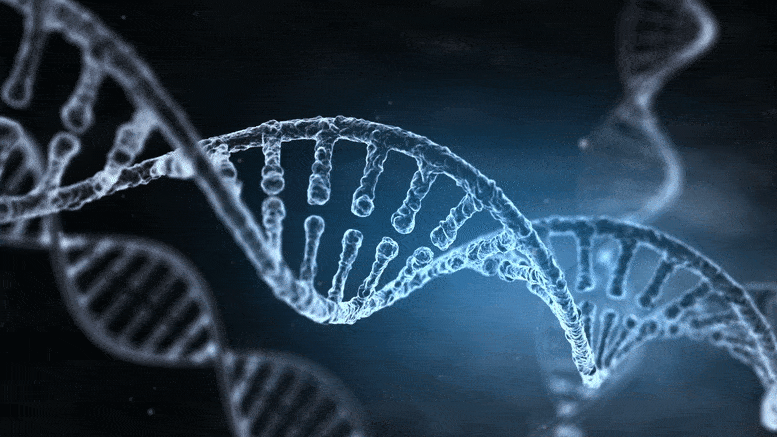
Scientists examined how alterations in the DNA replication timing program affect the packing of DNA with its regulatory factors.
Over the last 60 years, scientists have been able to observe how and when genetic information was replicated, determining the existence of a “replication timing program,” a process that controls when and in what order segments of DNA replicate. However, scientists still cannot explain why such a specific timing sequence exists. In a study published on April 23, 2021, in Science, Dr. David Gilbert and his team have answered this 60-year-old question.
“Why would cells care about the order in which they replicate DNA?” asked lead scientist Dr. Gilbert. “After all – all cells need to replicate all their DNA. Our hypothesis has been that it’s not just DNA that replicates, but all of the regulatory molecules that read the DNA replicate as well.” Dr. Gilbert further hypothesized that there might be a purpose behind the replication timing program and process because “Mother Nature would not squander this opportunity to control how the DNA is read.”
“The time at which you replicate provides an ideal time at which to choose whether to maintain all the regulatory factors and continue with the same functional interpretation of the information in DNA or change it to elicit new functions,” explains Dr. Gilbert.
Over the last 13 years, Dr. Gilbert and his team showed that each type of cell had a unique replication timing program and that diseased cells had distinct alterations in the program. In this study, Dr. Gilbert and his team looked at how changes in the replication timing program impact the packing of DNA with its regulatory factors, collectively known as the epigenome. The epigenome are regulatory factors that are believed to control the “identity” of the cell, and the functions that the cell will perform.
By eliminating a protein called RIF1, that helps to regulate DNA replication, they found that the replication program was severely and sometimes, almost completely gone so that all segments of chromosomes were replicating at different times in different cells. Without RIF1, if cells were prevented from replicating DNA, their epigenomes were fine. However, as soon as the DNA started to replicate, the regulatory molecules that associate with the DNA became incorporated incorrectly and worsened with each round of DNA replication. Eventually, the 3-dimensional folding of the chromosomes was also altered.
Dr. Gilbert suggests that when the epigenome is disrupted by altering the replication timing program, the cells might no longer perform their normal functions, or they may perform inappropriate functions. These inappropriate functions may have a large and negative impact on a person’s health.
“We and others have shown previously that the program is altered in many diseases,” says Dr. Gilbert. “Our lab recently showed specific patterns of altered timing that were linked statistically to poor outcomes in pediatric leukemia, and in another study to diseases of premature aging.”
Thus, the replication timing program provides a whole new genre of molecular pathways and biomarkers that lead to and identify disease states. This could lead to earlier diagnoses and more accurate prognoses for patients.
While Dr. Gilbert’s work has answered one important question, he does not plan to stop here. “We think that the epigenome… is not [only] essential for a cell to just maintain its identity, but we hypothesize that it is critical for cells to turn into other cell types.”
Testing this hypothesis is crucial for the fields of stem cell research and the therapeutic application of stem cells. Dr. Gilbert is currently using human stem cells to test how a disrupted replication timing affects development of these cells into liver cells, heart cells, and neurons. The results from this study will provide valuable information for human health and disease studies in the future.
Reference: “Replication timing maintains the global epigenetic state in human cells” by Kyle N. Klein, Peiyao A. Zhao, Xiaowen Lyu, Takayo Sasaki, Daniel A. Bartlett, Amar M. Singh, Ipek Tasan, Meng Zhang, Lotte P. Watts, Shin-ichiro Hiraga, Toyoaki Natsume, Xuemeng Zhou, Timour Baslan, Danny Leung, Masato T. Kanemaki, Anne D. Donaldson, Huimin Zhao, Stephen Dalton, Victor G. Corces and David M. Gilbert, 23 April 2021, Science.
DOI: 10.1126/science.aba5545
This research appeared in the 23rd April 2021 issue of the journal Science, published AAAS, the science society, the world’s largest scientific organization.

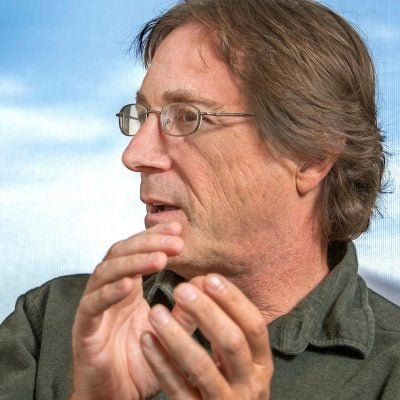

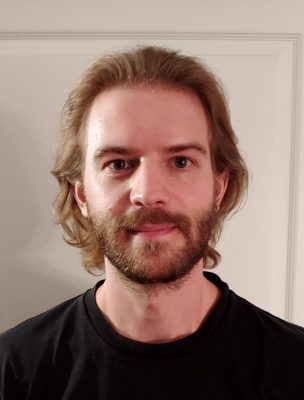



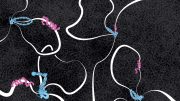


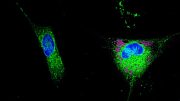

Babu G. Ranganathan*
(B.A. Bible/Biology)
HOW DOES DNA TURN A CELL INTO A SHEEP, OR A BIRD, OR A HUMAN?
When you divide a cake, the cake never gets bigger. However, when we were just a single cell and that cell kept dividing we got bigger. New material had to come from somewhere. That new material came from food.
Just as the sequence of various letters and words in human language communicate a message and direct workers to build and assemble something so, too, the sequence of various molecules in our DNA (our genes or genetic code) directed the molecules from our mother’s food, that we received in the womb, to become new cells, eventually forming all the tissues and organs of our body.
When you feed a cat your food the cat’s DNA will direct the food molecules to become the cells, tissues, and organs of a cat, but your DNA will turn the same food into human cells, tissues, and organs.
What we call “genes” are actually segments of the DNA molecule. When you understand how your DNA works, you’ll also understand how egg yolks can turn into chickens. Read my popular Internet article: HOW DID MY DNA MAKE ME? Just google the title to access the article.
This article will give you a good understanding of how DNA, as well as cloning and genetic engineering. You also learn that so-called “Junk DNA” isn’t junk at all. You will learn why it is not rational to believe that DNA code could have arisen by chance. Science points (not proves, but points) to an intelligent cause for DNA code.
What about genetic and biological similarities between species? Genetic information, like other forms of information, cannot happen by chance, so it is more logical to believe that genetic and biological similarities between all forms of life are due to a common Designer who designed similar functions for similar purposes. It doesn’t mean all forms of life are biologically related! Only genetic similarities within a natural species proves relationship because it’s only within a natural species that members can interbreed and reproduce.
Nature cannot build DNA code from scratch. It requires already existing DNA code to direct and bring about more DNA code or a genetic engineer in the laboratory using intelligent design and highly sophisticated technology to bring DNA code into existence from scratch. Furthermore, RNA/DNA and proteins are mutually dependent (one cannot come into existence without the other two) and cannot “survive” or function outside of a complete and living cell. DNA code owes its existence to the first Genetic Engineer – God!
Protein molecules require that various amino acids come together in a precise sequence, just like the letters in a sentence. If they’re not in the right sequence the protein won’t function. DNA and RNA require for various their various nucleic acids to be in the right sequence.
Furthermore, there are left-handed and right-handed amino acids and there are left-handed and right-handed nucleic acids. Protein molecules require for all their amino acids to be left-handed only and in the right sequence. DNA and RNA require for all their nucleic acids to be right-handed and in the right sequence. It would take a miracle for DNA, RNA, and proteins to arise by chance!
Mathematicians have said any event in the universe with odds of 10 to 50th power or greater is impossible! The probability of just an average size protein molecule (with its amino acids in the right sequence) arising by chance is 10 to the 65th power. Even the simplest cell is made up of many millions of various protein molecules along with and DNA/RNA..
The late great British scientist Sir Frederick Hoyle calculated that the odds of even the simplest cell coming into existence by chance is 10 to the 40,000th power! How large is this? Consider that the total number of atoms in our universe is 10 to the 82nd power.
Also, so-called “Junk DNA” isn’t junk. Although these “non-coding” segments of DNA don’t code for proteins, they have recently been found to be vital in regulating gene expression (i.e. when, where, and how genes are expressed, so they’re not “junk”). Also, there is evidence that, in certain situations, they can code for proteins through the cell’s use of a complex “read-through” mechanism.
Visit my latest Internet site: THE SCIENCE SUPPORTING CREATION (This site answers many arguments, both old and new, that have been used by evolutionists to support their theory)
Author of the popular Internet article, TRADITIONAL DOCTRINE OF HELL EVOLVED FROM GREEK ROOTS
*I have given successful lectures (with question and answer period afterwards) defending creation before evolutionist science faculty and students at various colleges and universities. I’ve been privileged to be recognized in the 24th edition of Marquis “Who’s Who in The East.”
NYC